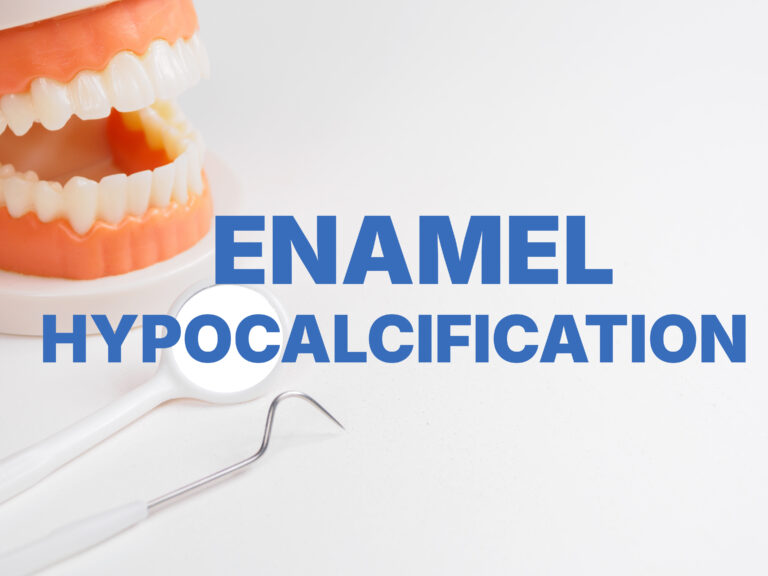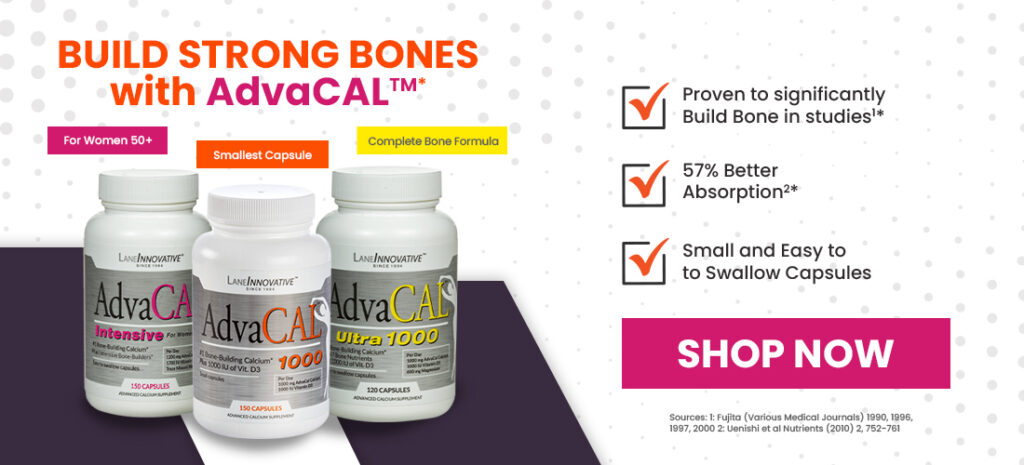Bone Health
What is Hypocalcification? Why Calcium is Essential to Avoid Dental Issues
Hypocalcification is a common but often overlooked dental issue that affects the strength and appearance of teeth. It occurs when there’s not enough calcium in the enamel, leading to weak spots, white or yellowish patches, and increased sensitivity.
While it may sound technical, hypocalcification is more about everyday habits than rare conditions. Understanding how it happens—and how to prevent it—can help you protect your teeth naturally through diet, lifestyle, and smart supplementation.

Understanding Hypocalcification
Hypocalcification refers to the under-mineralization of tooth enamel. Enamel is the hard outer layer that shields teeth from damage, acids, and bacteria. If not enough calcium is deposited during tooth development—either in childhood or due to poor nutrition—areas of enamel can become soft, thin, or discolored.
Common contributors include:
- Poor diet during tooth development
- Acidic or sugary foods and drinks
- Fluoride imbalance
- Genetic factors
- Illness or high fevers in early childhood
How Calcium Supports Enamel Strength
Calcium is a key mineral for building strong enamel. During early development, it’s essential for proper tooth formation, and in adulthood, it helps maintain enamel and prevent mineral loss.
Hypocalcification often results from either a lack of calcium in the diet or poor calcium absorption. That’s why simply increasing calcium intake may not be enough—you also need to ensure your body is absorbing and using it effectively.
Why Calcium Absorption Is Critical
Getting calcium is only part of the solution. What matters most is how well your body absorbs it.
Some calcium forms are harder for the body to break down and use, especially without supporting nutrients like vitamin D, magnesium, and vitamin K2. Poorly absorbed calcium may pass through your system without helping your teeth.
For healthy enamel and to prevent hypocalcification, focus on:
– Eating a variety of mineral-rich foods
– Supporting absorption through co-nutrients
– Avoiding calcium sources that are poorly absorbed
Recognizing the Signs of Hypocalcification
Common symptoms include:
– White, yellow, or brown spots on teeth
– Chalky or soft-feeling areas on enamel
– Sensitivity to cold or sweet foods
– Visible irregularities on tooth surfaces
If you notice these signs, consult a dental professional for evaluation. Catching it early helps in managing enamel health naturally.
How Dentists May Spot Early Bone Loss
During a routine dental checkup, dentists can sometimes be the first to spot signs of broader bone health issues like osteoporosis. This is because bone loss in the jaw can lead to teeth becoming loose or shifting unexpectedly. If the jawbone begins to thin, teeth may not have a solid anchor, causing movement or discomfort. In some cases, this early dental clue can prompt a deeper investigation into bone density elsewhere in the body, especially in older adults.

Protecting Enamel Through Lifestyle and Diet
Even though hypocalcification often begins in childhood, your daily habits as an adult can make a big difference.
1. Eat a Mineral-Rich Diet
Focus on whole foods high in calcium, phosphorus, and vitamin D, such as:
– Leafy greens (kale, bok choy)
– Almonds
– Canned fish with bones (like sardines)
– Fortified plant milks
– Chia and sesame seeds
2. Get Quality Sleep
Sleep supports whole-body repair, including oral tissues and bone remodeling. Chronic sleep loss may contribute to nutrient malabsorption and hormonal imbalances that affect enamel health. Poor sleep can increase inflammation and weaken enamel.
3. Limit Sugar and Acid
Sugary and acidic foods can wear down enamel. Rinse with water after consuming and wait before brushing to avoid damaging softened enamel.
4. Consider Supplements Wisely
If your diet lacks key nutrients, supplements may help—but only when used correctly. Choose high-quality options and avoid synthetic additives. Look for supplements that combine calcium with supportive nutrients like vitamin D and magnesium for best results.
Early Prevention Matters
Prevention starts early—ideally during pregnancy and childhood. Expecting mothers should focus on nutrient-rich diets to support fetal development. For children, whole foods and good brushing habits lay the foundation for lifelong dental health.
Adults can still support enamel by improving their diet and nutrient absorption while maintaining good oral hygiene.
The Bottom Line: Small Habits, Strong Teeth
Hypocalcification may seem complex, but it can often be managed through smart daily choices. By focusing on a balanced diet, supportive nutrients, proper sleep, and reducing enamel stressors, you can protect your teeth naturally.
Partnering with a holistic dentist can also help you create a personalized approach to strengthen enamel and support oral health—without relying on harsh treatments or prescriptions.
References
Like? Share with Your Friends!

